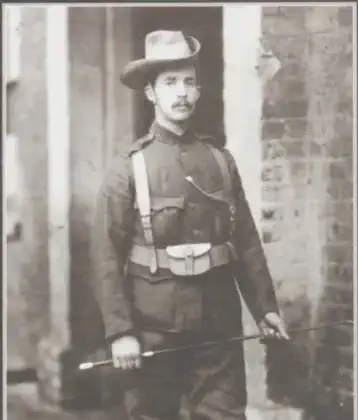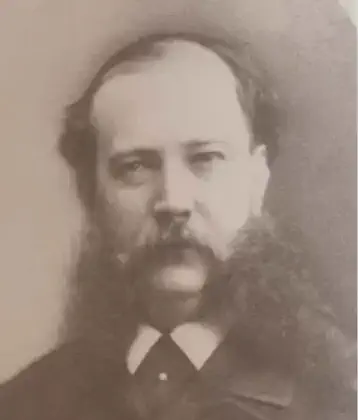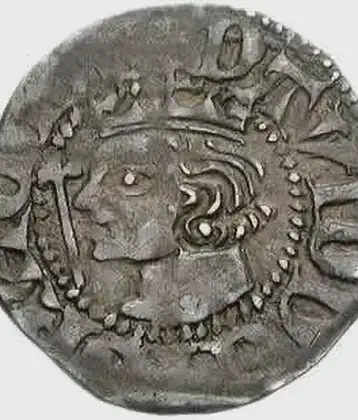
The Battle of Solway Moss took place on Solway Moss near the River Esk on the English side of the Anglo-Scottish border on 24th of November 1542 between English and Scottish forces.
The Scottish King James V had refused to break from the Catholic Church, as urged by his uncle King Henry VIII, who then launched a major raid into south-west Scotland. The Scottish army that marched against them was poorly led and organised, and many Scots were either captured or drowned in the river. News of the defeat is believed to have hastened the early death of James V.
The Battle of Solway Moss was a significant engagement during the reign of King James V of Scotland. The battle occurred near the River Esk in the area of Solway Moss, close to the Anglo-Scottish border.
In this battle, King James V of Scotland sent a force of around 15,000 to 18,000 men, led by Oliver Sinclair, across the border into England. The Scottish army was confronted by an English force commanded by Sir Thomas Wharton. The English force numbered only around 3,000 to 5,000 men, but they were well-positioned and had the advantage of the terrain.
The result was a decisive victory for the English. The Scots suffered heavy losses, and many were captured, including a significant number of Scottish nobles. The defeat at Solway Moss was a blow to Scottish morale and had political repercussions. King James V, distraught over the loss and the capture of many of his nobles, fell seriously ill and died on December 14, 1542.
The death of James V led to a period of regency for his daughter, Mary, Queen of Scots, who was just an infant at the time. The political instability that followed set the stage for subsequent conflicts between England and Scotland.
More From This Day



Irish republican Erskine Childers is executed by the Free State government
November 24, 1922



Henry Blosse Lynch, soldier and explorer, is born in Ballinrobe, Co. Mayo
November 24, 1807

Lawrence Sterne, clergyman, humorist, and author, is born in Clonmel, Co. Tipperary
November 24, 1713


